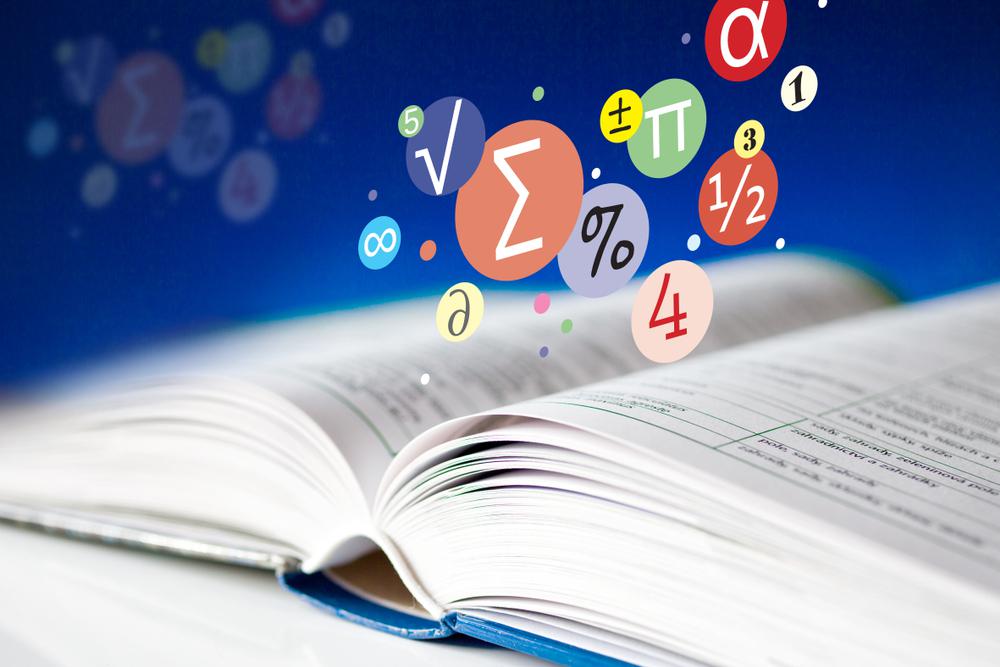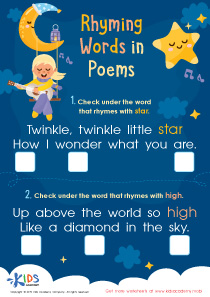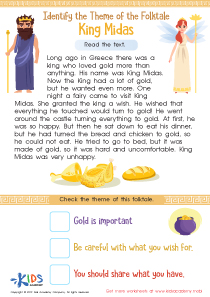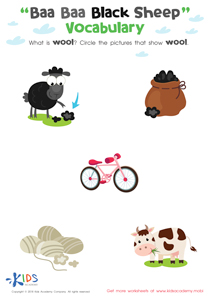Identifying story elements Normal Reading Worksheets for Ages 3-7
3 filtered results
-
From - To
Discover the perfect educational tool to help young readers identify story elements with our "Identifying Story Elements Normal Reading Worksheets" for ages 3-7. Designed to captivate young minds, our engaging worksheets simplify the process of understanding key story components such as characters, setting, plot, and main ideas. These printable activities not only make learning fun but also nurture essential reading comprehension skills. Tailored for early learners, each worksheet encourages children to explore narratives and develop a deeper love for reading. Equip your child with the foundational skills they need for literacy success using our expertly crafted worksheets.
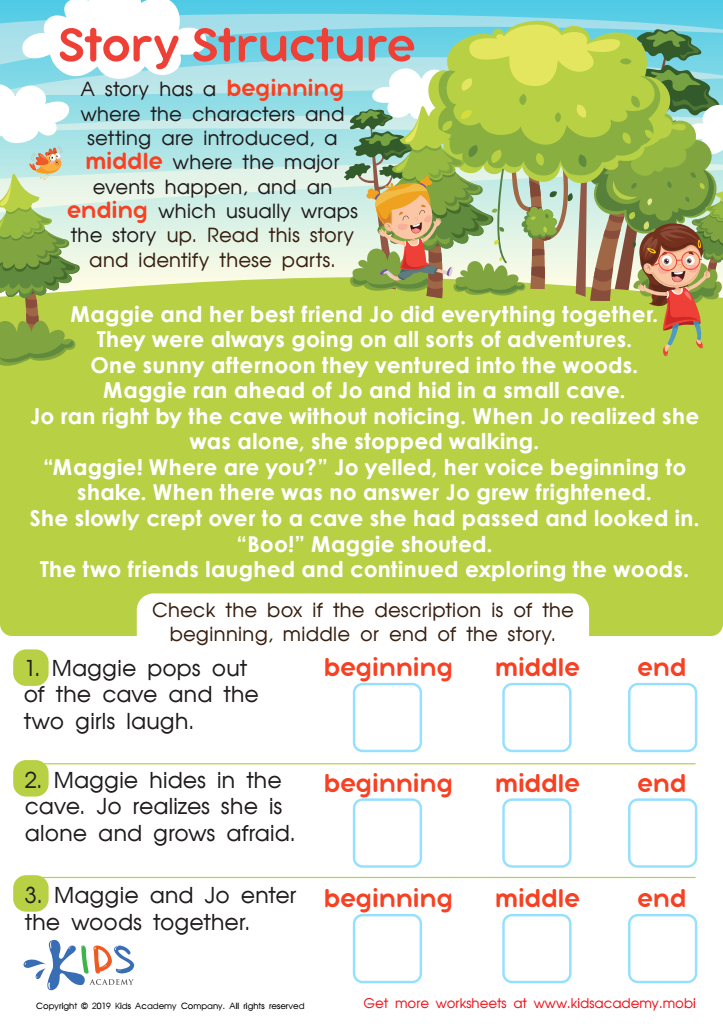

Story Structure Worksheet
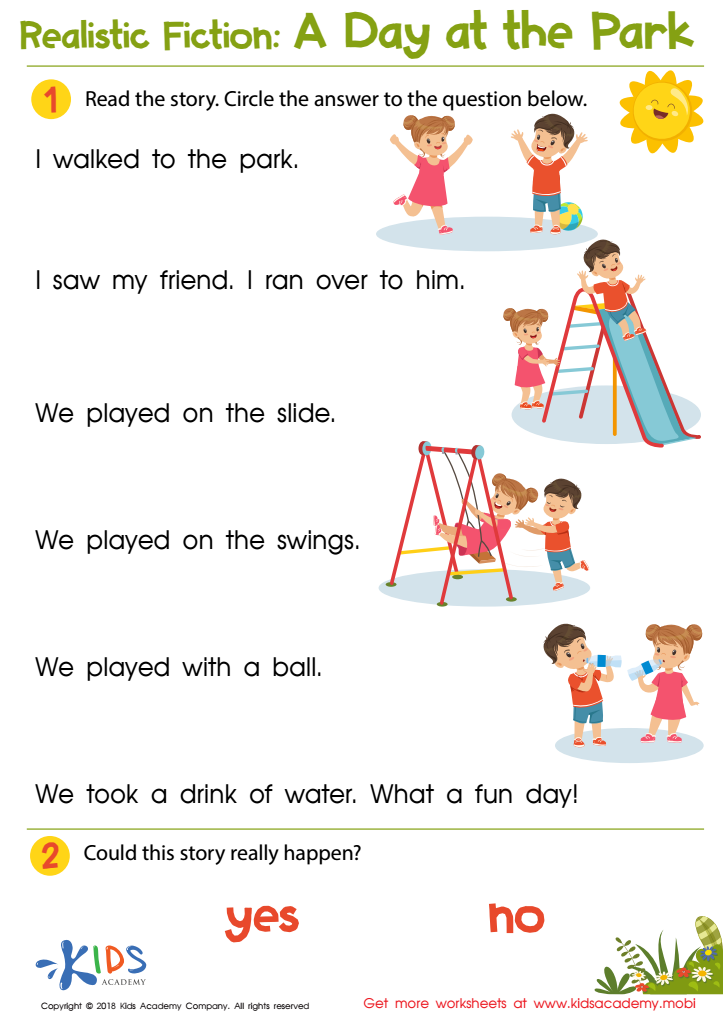

A Day at the Park Worksheet
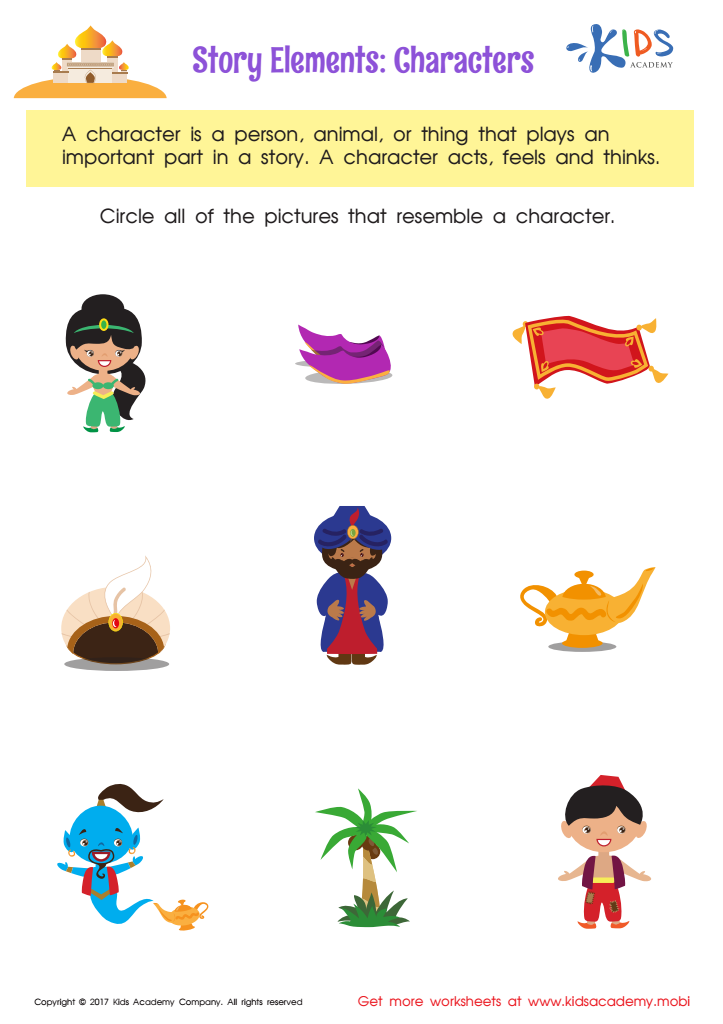

Story Elements Printable
Identifying story elements in normal reading for children ages 3-7 is crucial for a few key reasons related to literacy development, comprehension, and cognitive growth. At this age, children are developing foundational language skills and a sense of understanding about how narratives work, which are essential for future success in reading and writing.
First, understanding story elements such as characters, settings, and plots helps children improve their comprehension skills. By recognizing these components, they can follow the storyline and grasp the sequence of events, which aids in retaining information and understanding the narrative's overall meaning.
Second, this practice enhances their critical thinking and analytical skills. When children identify and differentiate between story elements, they learn to make predictions, draw inferences, and understand cause-and-effect relationships, all of which are essential for higher-level thinking.
Third, discussing story elements with young readers can foster a love for reading. Engaged and interactive reading sessions make stories more relatable and enjoyable, while also prompting parents and teachers to ask questions that stimulate curiosity and imagination.
Lastly, early recognition of these elements lays a strong foundation for early writing skills. As children learn the components that make up a story, they start to use these elements in their own storytelling and writing, allowing for creative expression and better communication skills.
In summary, identifying story elements nurtures comprehension, encourages critical thinking, instills a love for reading, and fosters early writing skills, all of which are vital for young learners' overall development.
 Assign to My Students
Assign to My Students





